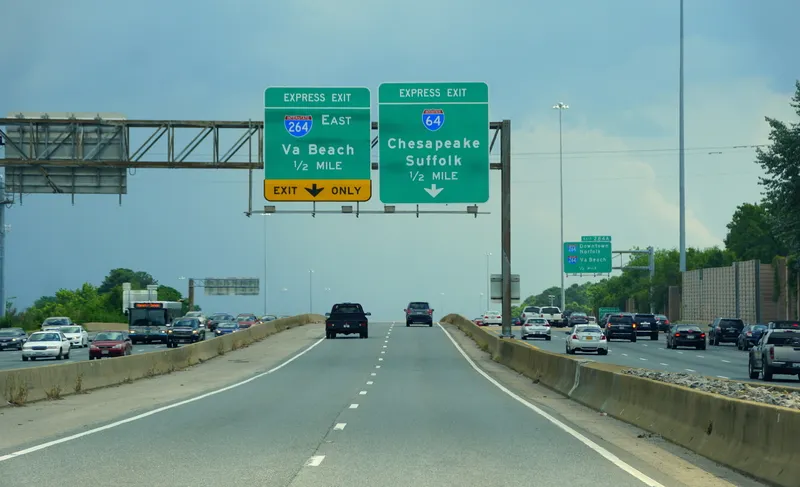Virginia Department of Transportation (VDOT) is to expand the traffic information system on Interstate 66 (I-66). Motorists will now see travel times displayed on overhead message signs for the 35 miles from Washington to Haymarket. VDOT has been posting the number of miles and minutes to key destinations at three locations between the Capital Beltway and Gainesville since August 2011. Message signs will display the information at seven new locations. In addition, by summer, six more locations will be ad
April 4, 2013
Read time: 2 mins
VDOT is using traffic data from
“This will give motorists continually updated information on traffic conditions ahead, allowing them to take more control over their commute,” said Governor Bob McDonnell. “Northern Virginia has the most congested roads in the nation and too many hours and dollars are wasted sitting in traffic. Thankfully, together with the General Assembly we have taken historic action this year to produce a long-term, sustainable transportation funding solution. We must continue to encourage innovative solutions, like this, in order to build the world class, 21st century transportation network Virginians deserve."







